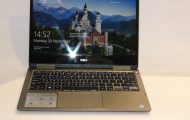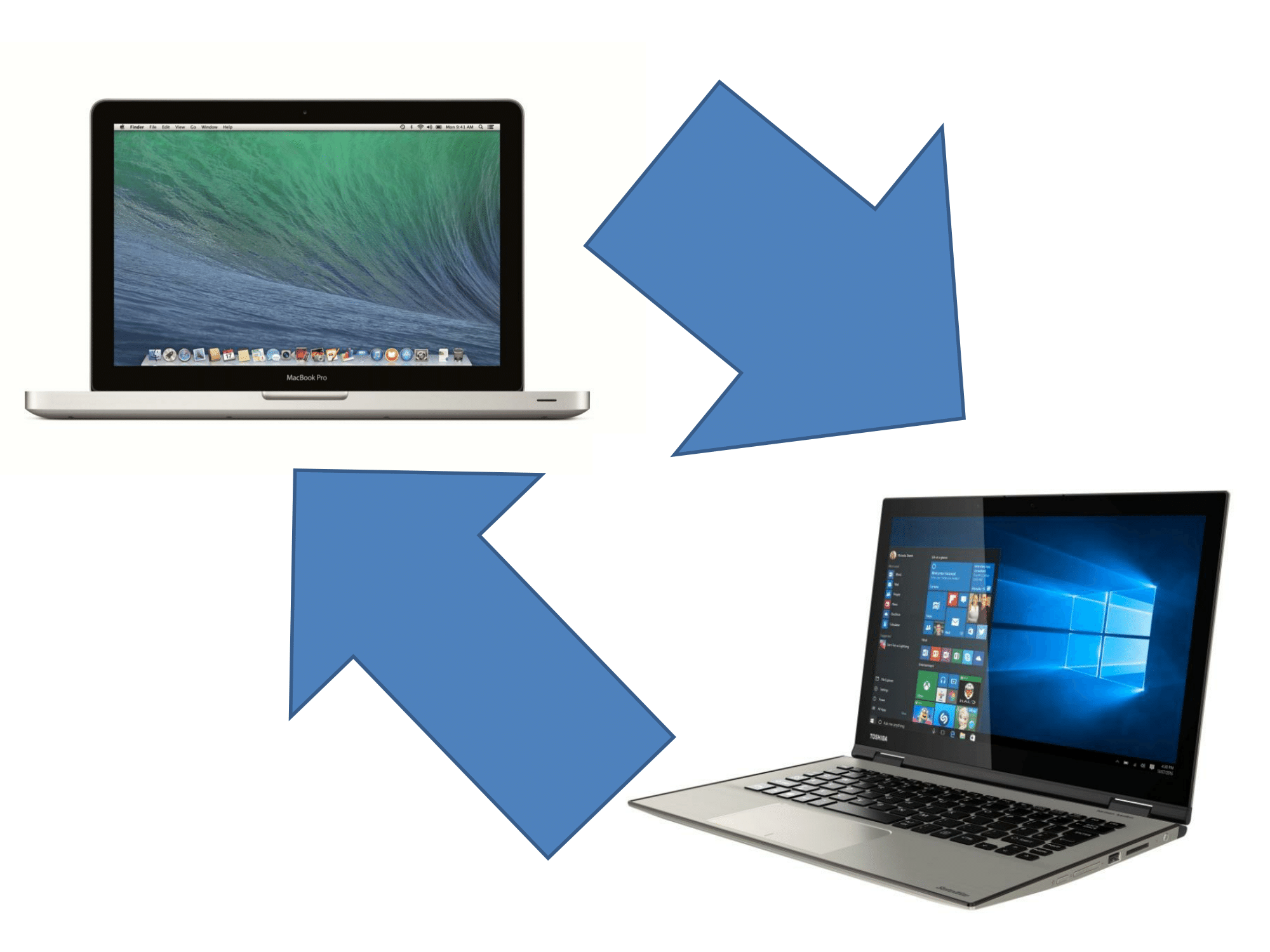There is all the recent talk about Apple releasing the Snow Leopard variant of the MacOS X operating system this Friday (August 28 2009) and you may be interested in upgrading your Macintosh computer to it. If you do upgrade your Mac to this operating system, especially if the computer is relatively recent – made after early 2006, you may notice that most of the improvements will be invisible on the user interface.
Intel-only deployment
The main issue with this operating system update is that it is engineered for Macintosh systems that have Intel-based internal architecture. This typical will apply to Macs that have been bought over the last few years, such as the MacBook laptops and the new iMacs. It won’t work with Macintosh computers that were based on the PowerPC architecture, which may apply to older computers.
What do you get for most Mac users
Under-the-hood improvements
The improvements are mainly that the operating system has been rewritten and profiled for the new Intel architectures such as the 64-bit processors and multi-core processor architectures. This also includes the applications that are part of the operating system like the Safari Web browser or QuickTime. There has been logic installed so that all of the cores in the Intel multi-core processors can he used.
Another feature that is worth its salt is that the eject procedure for removeable media is improved. If the eject process is stopped because an application has the removeable medium, you are offered the ability to quit the application that has the removeable medium so it releases possession of the files on that medium.
Accessibility improvements
The accessibility improvements mainly benefit those who have vision difficulties. It mainly is in the form of the VoiceOver Integraded screen-reader that works tightly with the operating system and applications. It allows for MacBook computers with multi-touch trackpads to have the trackpad seen as an alternate screen map and allows for use of the trackpad as a “rotary control”. There is also support for more of the Braille user-interface devices for those who cannot see at all.
WiFi networking improvements
The home network hasn’t been forgotten about with Snow Leopard. The Apple AirPort menu, which is the control point for Apple’s AirPort WiFi implementations, can provide detailed information about the wireless networks that the WiFi-equipped Macintosh computer can receive. This is achieved by the user holding down the [Option] key while clicking on the Apple Airport icon at the top right of the screen. Then you see detailed information like the channel and band in use by the access point, the network’s operating mode and security mode; and the access point’s BSSID under the network’s SSID.
There is an automatic time-zone setup feature for WiFi-equipped Macs; which is linked to a Skyhook Wireless database of access points and localities. This can allow the MacBook to show local time when it is taken overseas or interstate without user intervention. This is due to Apple using this data as part of their iPhone software.
An “all-Apple” network which use Bonjour discovery will have “Wake On WiFi” behaviour with newer Apple Macs and provide improved native file sharing due to this Apple-developed protocol. I am not sure whether the “Wake On WiFi” behaviour and improved file sharing behaviour will be made to work with networks that use other brands of network peripherals.
Is it worth it for the existing Mac user
For most Macintosh users with recently-built equipment running OS X Leopard, the cost is typically around $A39 / $US30 per computer, but people who just bought a Macintosh but didnt have it delivered with Snow Leopard can upgrade the operating system through Apple for $A14.95. It would then be worth it to have the computer running quickly and smoothly.
As far as whether it is worth going ahead, some Mac users may pass this upgrade up because there is no visible improvement in the user interface or no brand-new keynote functionality. But for most, if not all, Mac users who are running relatively-new setups, the performance boost that this operating system upgrade provides would make it worth it to take the plunge. This is more so because of the fact that most Mac users are typically working “hands-on” with graphics-based applications like CAD or image editing.
Invitation to comment
If any Mac user who is reading this article about Snow Leopard, they can leave a comment about how their computer has performed under the upgrade compared to before.




I’ll have to agree with you Simon.
Also worth mentioning, (not that apple would want me to) but the upgrade works even if never upgraded to Leopard, once more, there are no limits on how many people can update. I’m not condoning this (as it is stealing) but the information exists, how you chose to use it is up to you!
You just pointed this out to me on the train, so I thought i would comment.
Interesting points Simon, but re: PowerPc compatibility this is a non issue. For the majority of PowerPCs out there, even Leopard was a struggle. G5s could handle Leopard, but it was a struggle for G4s. But still, there are people running Pismos wondering why they can no longer by power supplies.
In terms of Intel performance it is improved. I noticed significant reduction in loading times for my commonly used programs: Lightroom2 and Photoshop. This was a similar sort of speed increase as i saw when upgrading from a 5400 to a 7200 RPM drive in my MacBook.
If Snow Leopard was fully priced, It would be a hard sell. Given the price, and the ability to instal even an upgrade disc on a Tiger machine though, whether or not to upgrade isn’t a question, it when can you spare $40.?
Dan